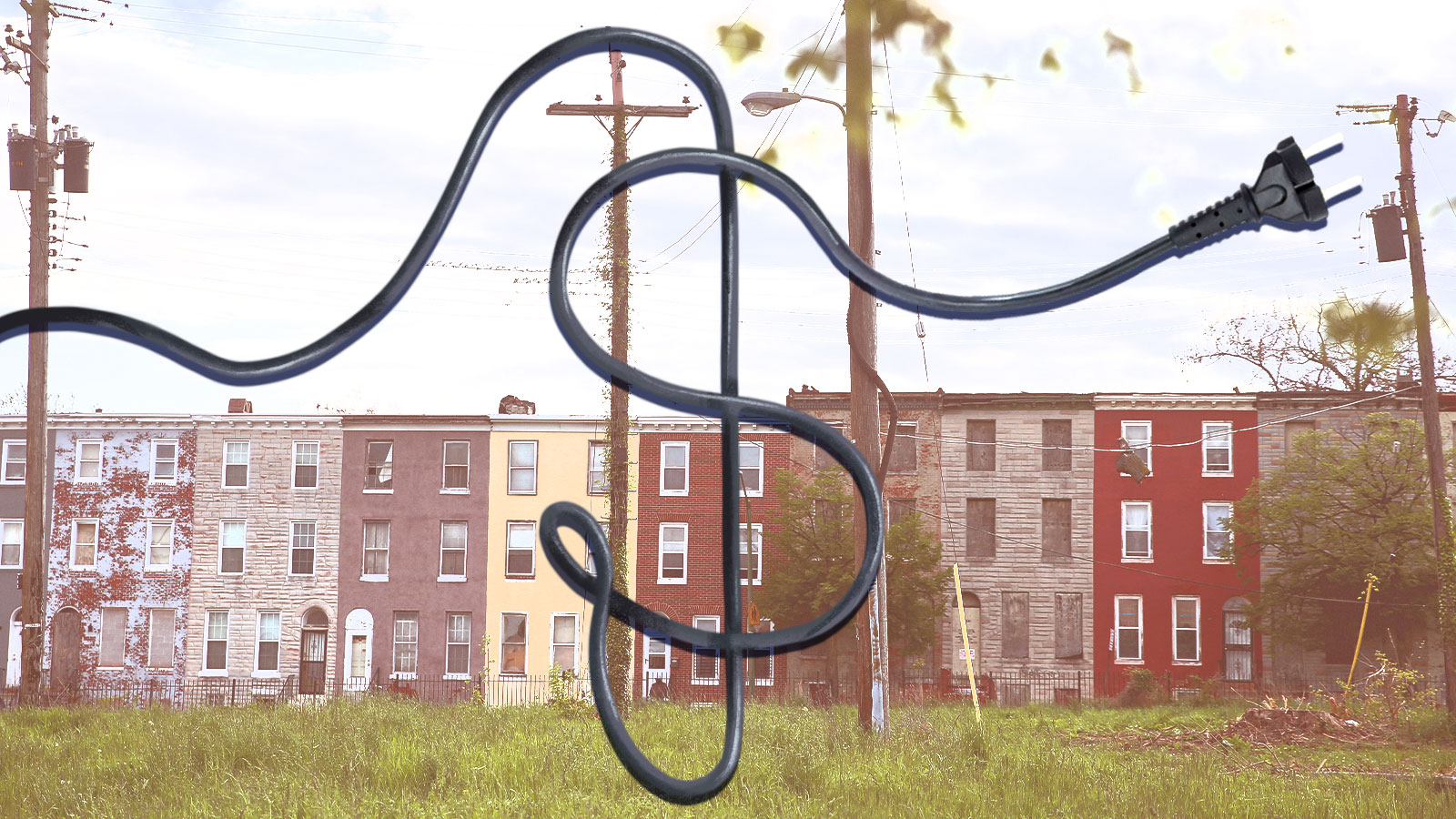By the end of this month, tens of millions of households in the U.S. stand to lose protections against utility shut-offs, which were instituted early in the COVID-19 pandemic. But household utilities have long placed an outsized burden on low-income households and communities of color. New research released Thursday sheds light on just how large that burden has been — even before the pandemic and its economic fallout.
According to a new study by the nonprofit American Council for an Energy-Efficient Economy (ACEEE), Black, Hispanic, and Native American households spend a much larger portion of their income on energy bills than non-Hispanic white households on average — 43 percent more, 20 percent more, and 45 percent more, respectively. Low-income households (which the report defines as those with incomes below 200 percent of the federal poverty level) spend three times as large a share of their income on energy costs as other households.
These disparities make low-income households and communities of color disproportionately vulnerable to utility shut-offs now that moratoriums are beginning to expire.
“Even before the recession, many people with high energy burdens had to cut back on other necessities,” said Ariel Drehobl, a senior research associate at ACEEE and lead author of the report, in a press release. “Many of the same communities that were struggling to pay bills before the global pandemic are being hit the hardest by job losses and could be at particular risk for shut-offs ahead.”
The study is based on 2017 data from the Census Bureau’s American Housing Survey, which looks at the cost and quality of housing across the U.S. The survey collects demographic information from residents and provides granular data that can also be broken down regionally. Drehobl found low-income households and communities of color were disproportionately burdened by utility costs in every region of the country that the study looked at.
ACEEE’s study also found that families living in housing that was built before 1980 faced energy burdens that were 21 percent larger than those faced by families living in housing built after 1980.
“We have seen in past studies that … low-income and communities of color do tend to live in older housing,” Drehobl told Grist. Among other inefficiencies, older housing often includes outdated appliances, which can lead to greater energy use, she added.
To address these inequalities, the study proposes long-term solutions promoting energy efficiency, such as “home weatherization,” which is when a building’s insulation is modified to better trap in heating during the winter or cooling during the summer. Weatherizing buildings can reduce energy burdens by up to 25 percent. These sorts of measures can also improve air quality and other health outcomes for residents, according to Drehobl.
The study also suggests that policymakers increase funding for energy efficiency and ensure that funding reaches at-risk communities, because “energy efficiency funds are not currently distributed to ensure that low-income households have equitable access to these investments,” according to the report.
Some strides toward a better distribution of this type of investment have recently been made in New York state. In July, the New York State Energy Research and Development Authority announced a collaboration with the region’s investor-owned utilities to provide clean and energy-efficient solutions for more than 350,000 low-to-moderate income households throughout the state.
The statewide plan will invest $1 billion through 2025 to improve energy efficiency in multifamily homes, reduce energy burdens for low- and moderate-income households, and foster engagement between community environmental groups, housing advocates, and state agencies.
Drehobl argued that robust federal investment is needed to reach as many households as possible.
“I think there’s real promise in finding ways to integrate funding that is meant for energy efficiency, health, and affordable housing together,” she said. “You can achieve more with less…. You can make sure people receive the most comprehensive solutions to meet their needs.”



